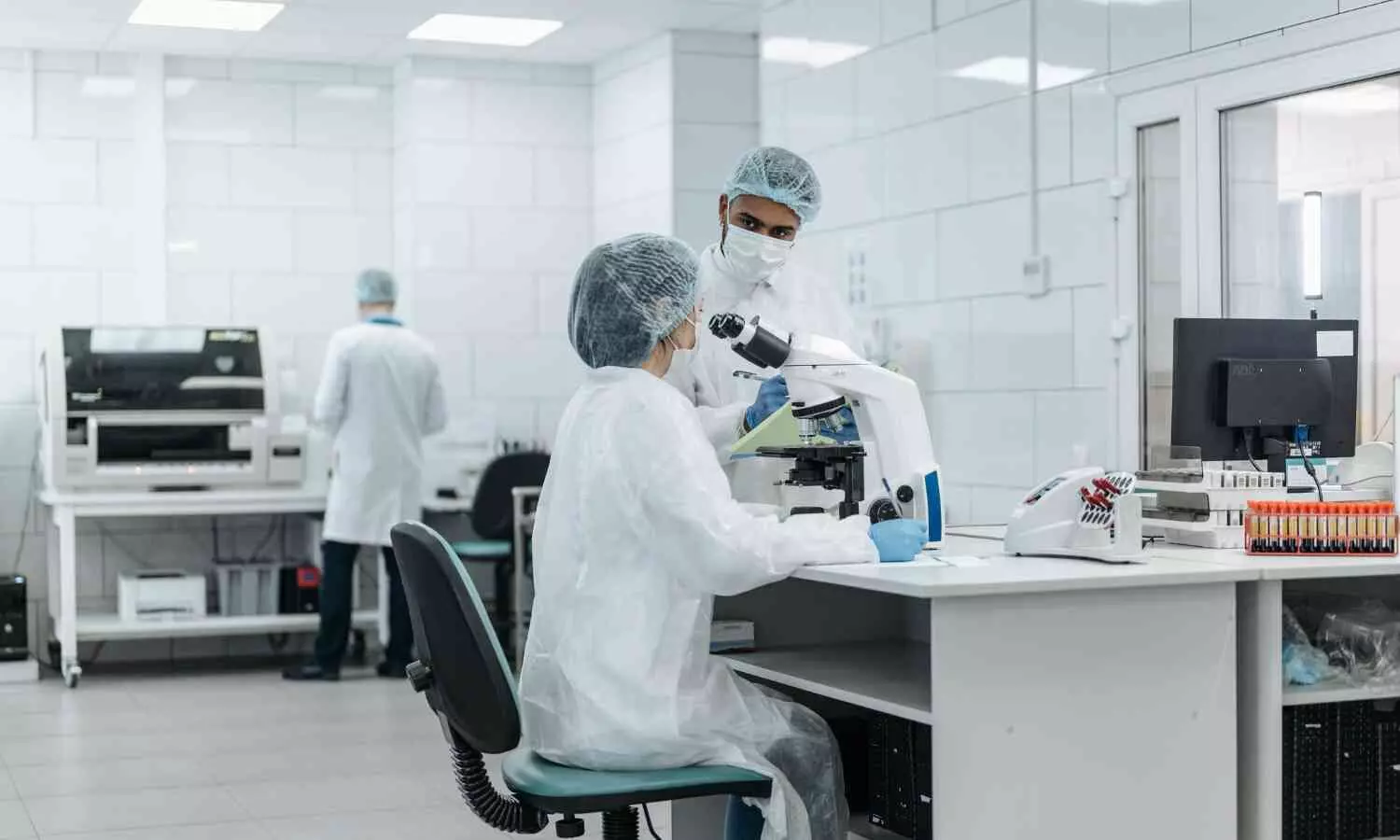Scientists Uncover New Treatment Option for Rare Genetic Disease

San Francisco: A team of researchers from the US-based University of North Carolina has identified a potential treatment for a rare genetic disorder -- 'Angelman syndrome', a new study said on Monday.
Angelman syndrome is caused by mutations in the maternally inherited UBE3A gene and is characterised by poor muscle control, limited speech, epilepsy, and intellectual disabilities, explained researchers in the study published in the journal Nature Communications.
Ben Philpot, PhD, the Kenan Distinguished Professor at the UNC School of Medicine, and his lab have identified a small molecule that could be safe, non-invasively delivered, and capable of 'turning on' the dormant paternally-inherited UBE3A gene copy brain-wide, which would lead to proper protein and cell function, amounting to a kind of gene therapy for individuals with Angelman syndrome.
"This compound we identified has shown to have excellent uptake in the developing brains of animal models," said Philpot, who is a leading expert on Angelman syndrome.
As per researchers, UBE3A helps regulate the levels of important proteins; missing a working copy leads to severe disruptions in brain development.
The researchers screened over 2,800 small molecules to determine if one could potently turn on paternal UBE3A in mouse models with Angelman syndrome.
They found that a compound -- (S)-PHA533533, which was previously developed as an anti-tumour agent, caused neurons to express a fluorescent glow that rivalled that induced by topotecan, meaning that its effect was potent enough to successfully turn on paternal UBE3A.
Researchers were able to confirm the same results using induced pluripotent stem cells derived from humans with Angelman syndrome, indicating that this compound has clinical potential, the study mentioned.
In addition, they observed that (S)-PHA533533 has excellent bioavailability in the developing brain, meaning it travels to its target with ease and sticks around.
"We were able to show that (S)-PHA533533 had better uptake and that the same small molecule could be translated in human-derived neural cells, which is a huge finding," said Hanna Vihma, PhD, and first author of the study.


